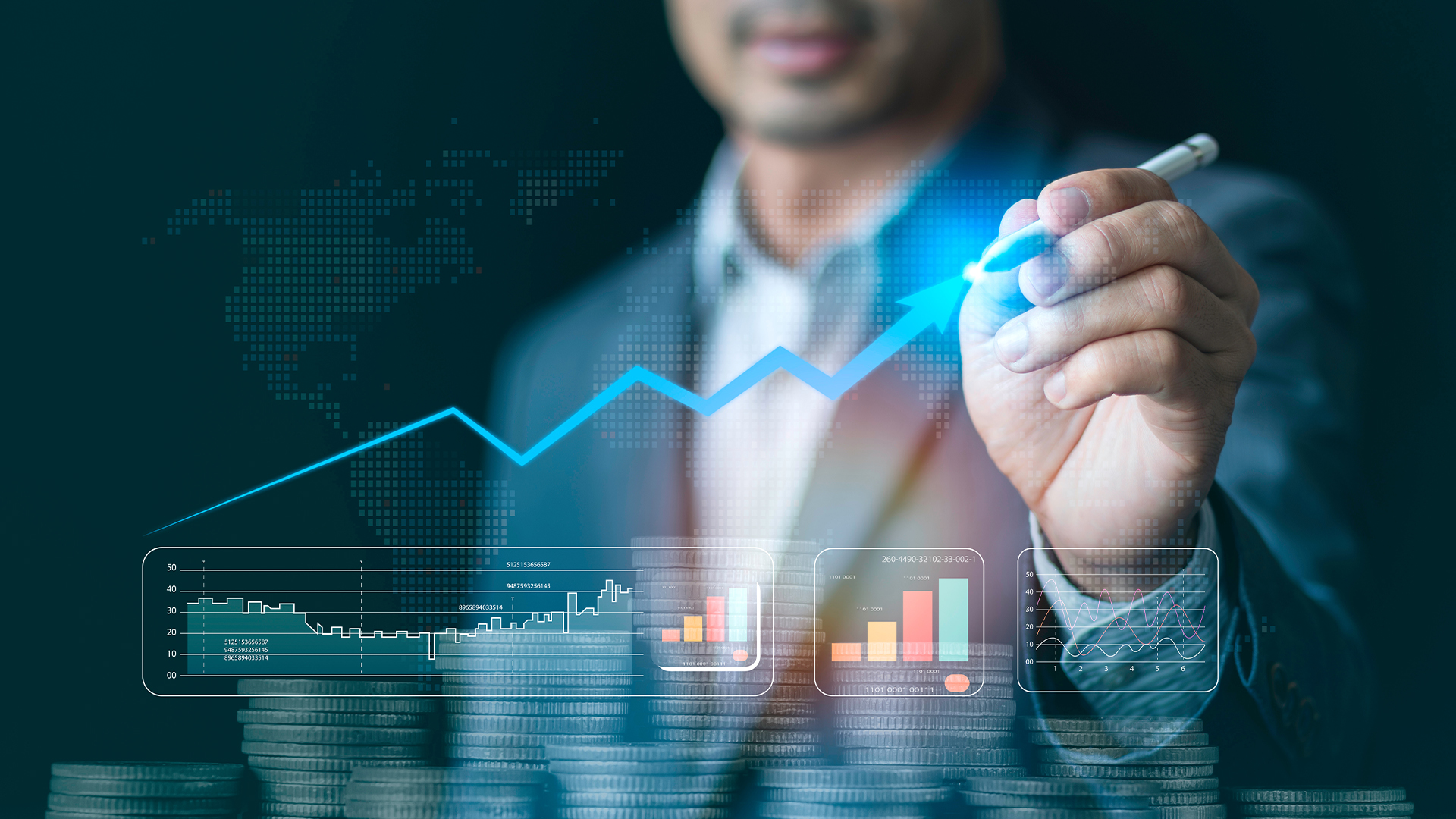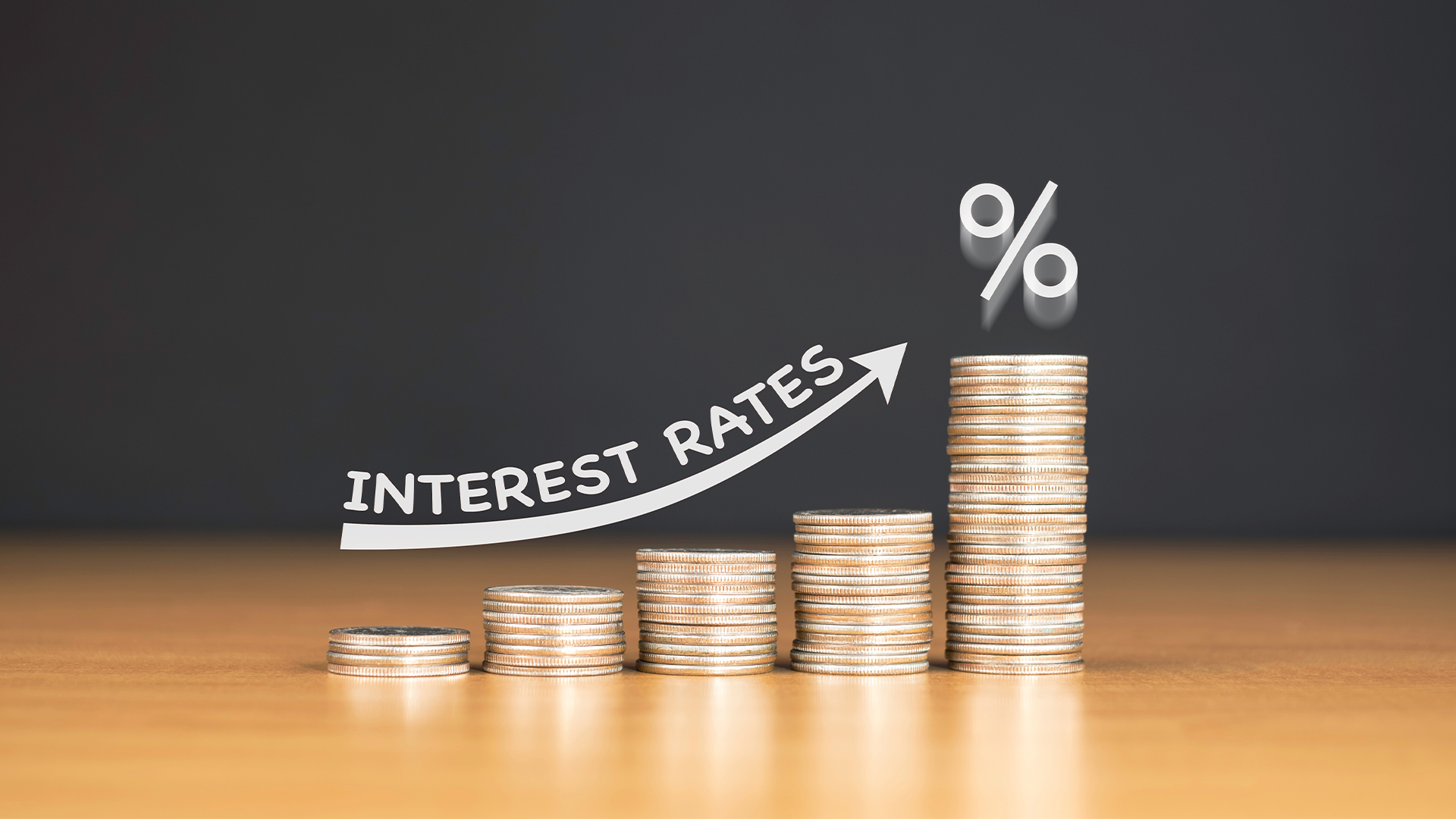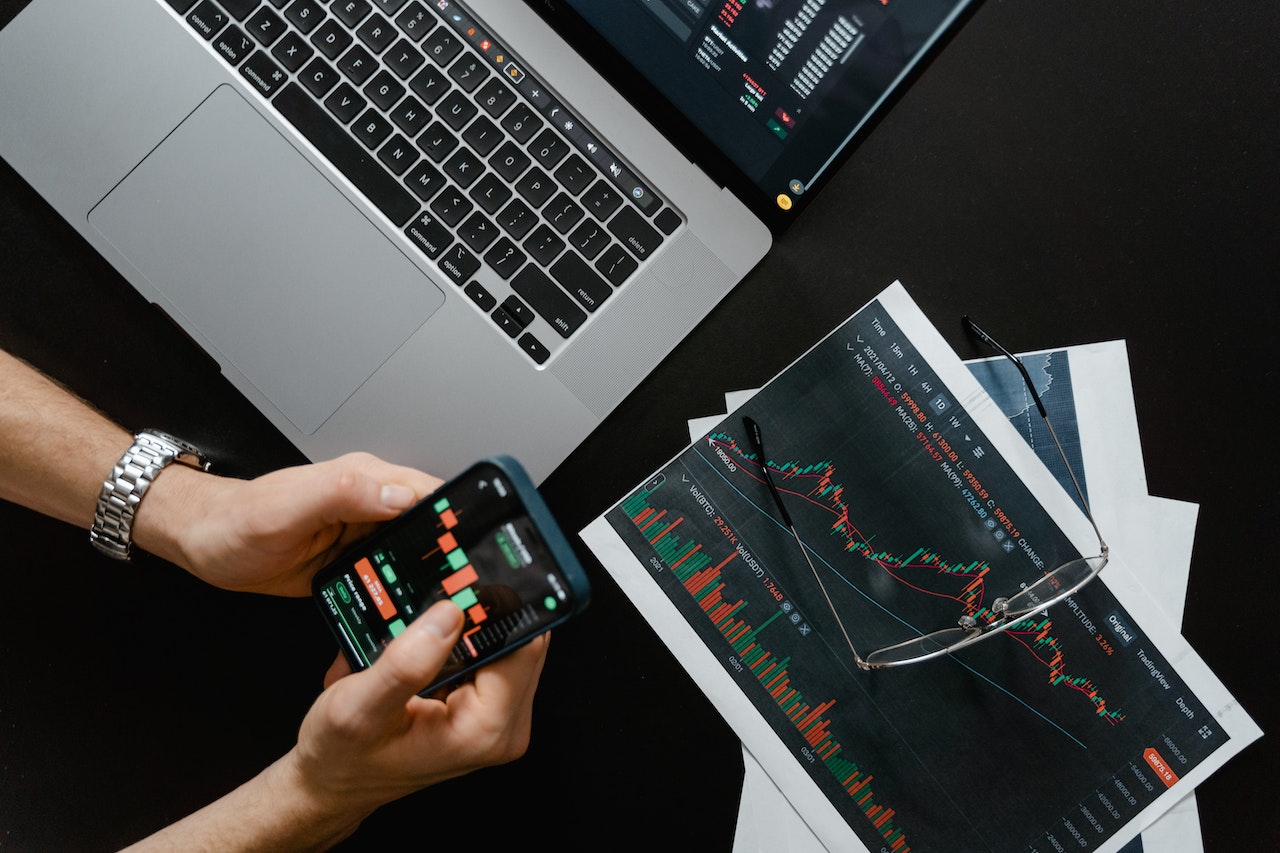Emotions don’t go too well with trading. While cold calculation doesn’t always work out in this line of work because of the various unpredictable factors, emotions don’t help either. They cloud judgment and stand in the way of making good financial decisions. So, it’s necessary to get rid of them during your trading days, as much as possible.
There are several good ways to do that. It’s probably impossible to completely detract emotions from this equation, simply because there’s always at least some human factor. However, since trading follows along largely predictable lines most of the time, overcoming your emotional bias is a good thing.
Algorithmic Trading
Algorithmic trading is a way of investing that extensively uses trading bots. They are algorithms that are taught to recognize patterns and trends and make educated, automated decisions on your behalf. That sounds dangerous, but these bots came a long way in the last couple of years.
The precision of such automated agents depends on the sophistication of the underlying algorithm, the complexity of the market in question, and the data available to this software. If it’s a professional-grade, battle-tested bot that operates with enough data on a largely calm market, it can be extremely precise in its decisions.
Its biggest advantage is, naturally, the lack of human factor. It doesn’t have emotions, only countless settings that constantly react to the changes on the market. They can analyze huge amounts of information at the same time, which human beings can’t do, at least not on the same level.
Its biggest limitation, at the same time, is the lack of consideration for any factors beyond its technical scope. Most trading algorithms only concern themselves with the technical parameters, meaning that most lack capabilities for fundamental analysis, news, or just common sense.
Signal Trading
Signal trading is an abridged version of algorithmic trading, although it can also be done completely without automated software. It’s the same approach as the one above, except with some human factor that enables you to make the final decision on anything that the bot wants to do.
Basically, the bot won’t execute the decisions it has come to on its own. It will provide alerts to its owners, which will hint at the possible entry and exit points, as well as other events on the market. You can still delegate decision-making to such bots, allowing them to execute certain orders.
The other way to trade using signals is by buying alerts from trusted sources. They often compile opinions from several automated bots, anyway. On the other hand, many others are simply personal views of select traders that are completely subjective.
If you can find a signal provider with numerous credentials and a good, transparent way to collect and analyze data – all the better. Just know that you should also be able to make your own conclusions from the signals and the data you see. You can learn how to do it from sources such as AvaTrade Academy.



























